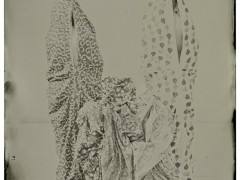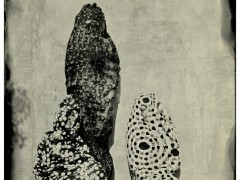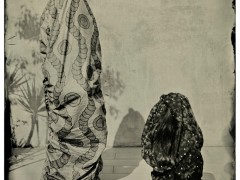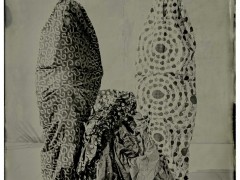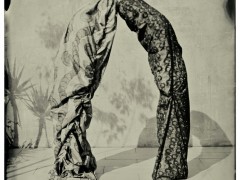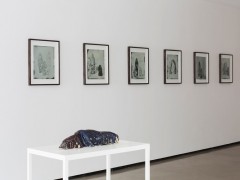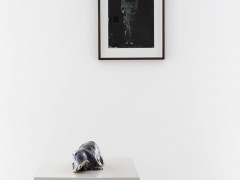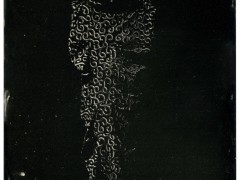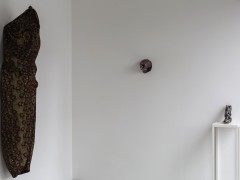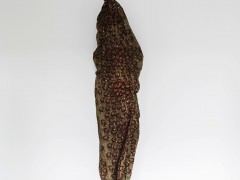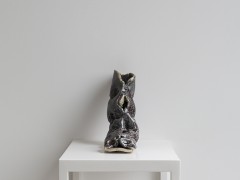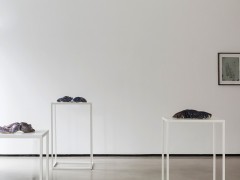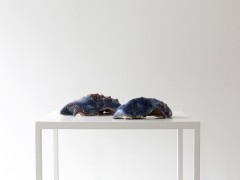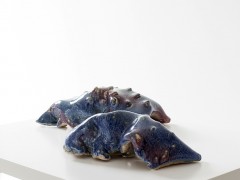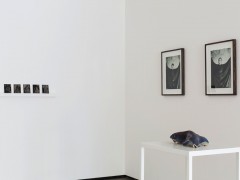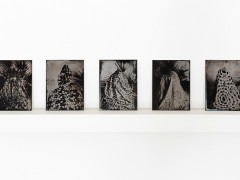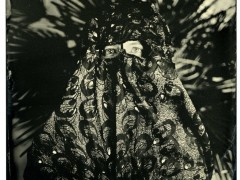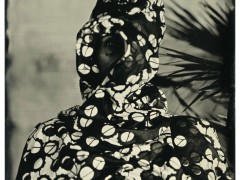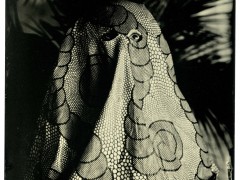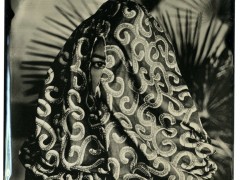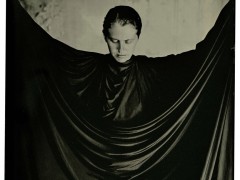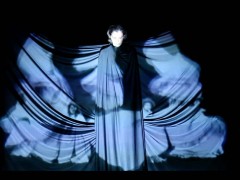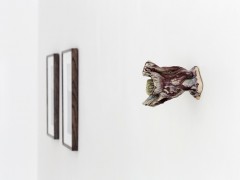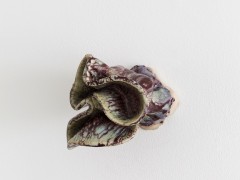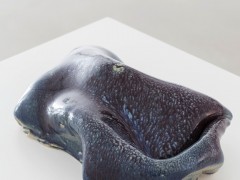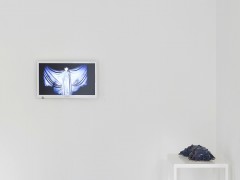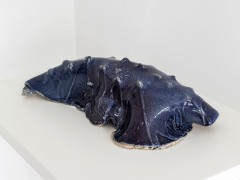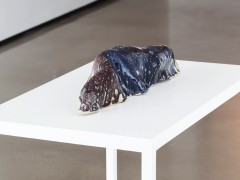The Worshipper of the Image
06.06-26.07 / 2014
Beers Contemporary, London
The Worshipper of the Image is the latest body of work by Venezuelan artist Lucia Pizzani, delving further into the artist’s practice, and driving relevant and uninhibited inquiry into ideas surrounding body and self. The exhibition, which is the first solo show Pizzani has had in London, incorporates a series of work that explores relationships between the natural world, femininity and contemporary gender issues. Working from within this artistic and intellectual framework, Pizzani’s creative process is not clearly defined by one sole artistic discipline but rather, a combination of practices that includes sculpture, drawing, video and performance. In early 2013, Pizzani won one the most important prizes in Venezuela, the “XII Premio Eugenio Mendoza” that awarded her a residency in Hangar (Barcelona) where she created a significant part of this work. She was also recognized with the Emerging Artist Award by the International Association of Arts Critics (AICA) Venezuelan Chapter and received special mention in the Region 0 Video art festival in New York.
Pizzani is largely informed by her educational background in Biology as well as an inherently Latin American, feminist perspective, both of which become crucial in understanding the artist’s discourse as based in the natural world, yet borrowing from both feminist theory and notions of magic realism most typified in Latin American art and prose. In the broadest sense, Pizzani’s work addresses issues surrounding the feminine as a symbol of transgression – submissive (but empowered?), fatal and tragic. In The Worshipper of the Image, Pizanni continues the investigation she began in a previous body of work, The Unknown of the Seine, which itself drew from the non-fiction story of a forensic surgeon in 1880 who became captivated by the beauty of a young suicide victim who threw herself into Paris’ Seine River. The surgeon preserved her features in the form of a haunting funereal mask, and began a type of forlorn romance with the mask. After extensive research it was discovered that the woman was really a model, playing dead. This anonymous urban legend who fooled so many began to appear in salons and art galleries and was later reproduced and distributed widely across the world; in fact, Pizzani herself has imbued the (idea of the) mask with a host of signifiers and symbols – and as a pivotal starting point to her own work and practice.
More specifically, The Worshipper of the Image, borrows its name from the tragic novel written by Richard Le Galliene in 1900, which tells the fictional story of a family tormented by the imagined supernatural powers of the funereal mask and are ultimately lead to their collective demise. The haunting, final image in which the death mask sprouts a butterfly from its lips presented Pizzani with the underlying framework for this particular body of work, where ideas of life, death, and transformation become intertwined and inseparable, and where the idea of transformation becomes of particular significance to both butterflies and the human form.
Operating upon such laden histories (both fictitious and factual) and the vivid imagery inherent in these stories are recontextualized through Pizzani’s interpretation of the females as paused in the act of ‘becoming’ – always in transition, constantly in flux, as Lorena Muñoz-Alonzo explains in the essay accompanying the exhibition: “becoming” is a key notion in Deleuze’s thinking which defines the idea of movement in its purest form. The series of ceramics entitled Capullo draws as its very source imagery of the butterfly in various stages of chrysalis, freezing the moment of transformation as an allegory that obscures private physical or emotional elements. In fact, one will see plenty of repeated motifs throughout Pizzani’s work, where the figure is draped, shrouded, or bathed in shadow. The video Nocturna II (2013) presents the artist before a projection of the motion picture Création de la Serpentine (1908) starring Loie Fuller, a pioneering Victorian female theatrical figure. Here Pizzani is like the personified ‘worshipper of the image’, a fantastical creation carried out before other true-to-life events. The idea is that the human touch, while evident, seems unable to find its true form, and truth is coldly absent…as though a vestige or quite consciously a simulacra is all that remains, not unlike the vaguely Romantic but ultimately grotesque (and ubiquitous) appearance of the death mask and stories or narratives that included the mask rose in popularity throughout 20th Century France and beyond. Never fully attainable, its origins lost through repetition and retelling.
Perhaps The Impronta Series (2013) best illustrates this idea, where a series of ferrotypes (using the outdated Victorian method of exposing collodion emulsified plates to light,) feature five figures photographed in various configurations and positions in full-length printed fabrics. Pizzani uses an older mode of creation to illustrate her concept: again, it is one of beings in a state of ‘becoming’, obscured, ambiguous, and yet evoking a strong sense of empathy, or an underlying desire to identify oneself from one’s surroundings, while simultaneously exhibiting the desire to break free from within.
This post is also available in: Spanish

 Home
Home
